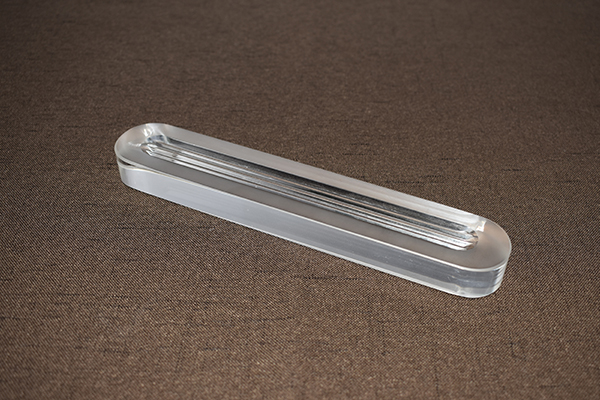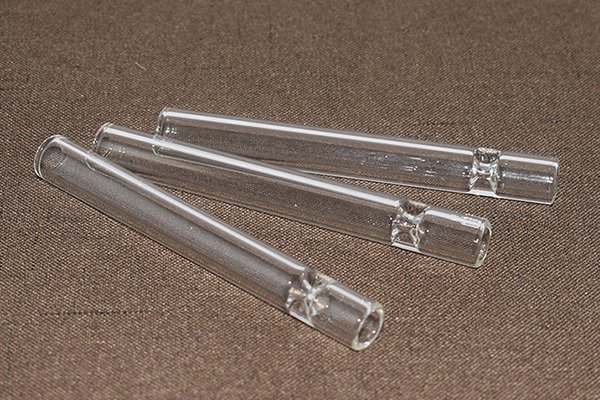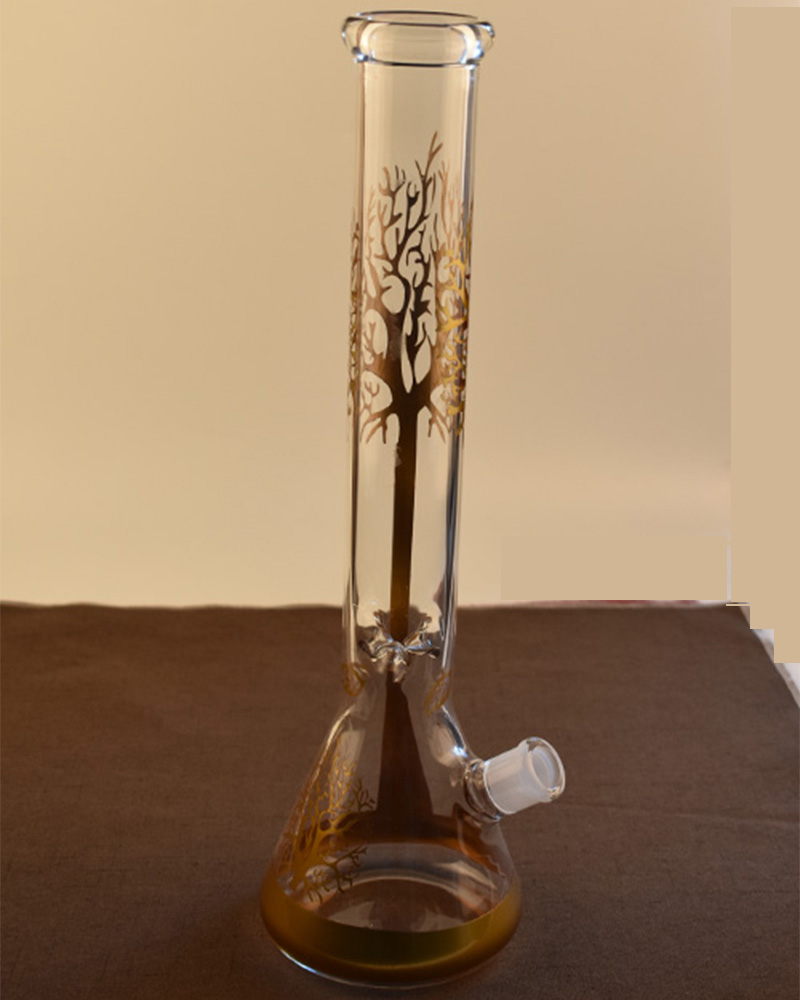News Detail
Glass Product Selection Handbook: 20 Industry Applications and Recommended Materials
Glass is no longer a one-size-fits-all material. Today, it serves critical functions across diverse industries—from pharmaceuticals to aerospace. Selecting the right glass type is essential for ensuring safety, performance, and durability. This handbook outlines 20 common application scenarios and matches each with the recommended glass material.
Key Industry Applications & Material Suggestions
-
Chemical Reactors – Borosilicate 3.3: High thermal and chemical resistance.
-
Pharmaceutical Packaging – USP Type I Glass: Superior chemical stability.
-
Semiconductor Chambers – Quartz Glass: 99.99% purity, ultra-high temperature tolerance.
-
Food Processing Lines – Tempered Soda Lime: Impact resistance and hygiene.
-
Petrochemical Sight Glasses – Sapphire Glass: Extreme pressure and scratch resistance.
-
Laboratory Beakers and Tubes – Borosilicate: Thermal shock resistance.
-
UV Curing Equipment – Fused Silica: High UV transmission.
-
Cryogenic Containers – Tempered Glass Lids: Withstand extreme cold.
-
Aerospace Sensors – Sapphire or Quartz: Clarity and stability under stress.
-
Autoclaves and Sterilizers – Tempered Borosilicate: Heat and pressure resistance.
-
Solar Panels – Low-Iron Ultra-Clear Glass: Maximize light transmittance.
-
Medical Lasers – Quartz Windows: Laser-grade optical clarity.
-
Boiler Viewports – Tempered Glass or Mica: Thermal resistance.
-
Smartphone Cameras – Sapphire Lens Glass: Anti-scratch, optical precision.
-
Architectural Facades – Laminated Glass: Safety + aesthetic.
-
Greenhouses – Low-iron Float Glass: Enhanced sunlight transmission.
-
Display Panels – Aluminosilicate Glass: Thin and strong.
-
Glass Smoking Pipes – High Borosilicate: Heat-resistance and clarity.
-
Battery Cell Viewports – Quartz or Sapphire: Chemical stability.
-
Laser Cutting Machines – CO₂ Laser Lenses (Zinc Selenide or Quartz)
By aligning each industry scenario with the right material, professionals can enhance performance, safety, and cost-efficiency in their glass applications.



